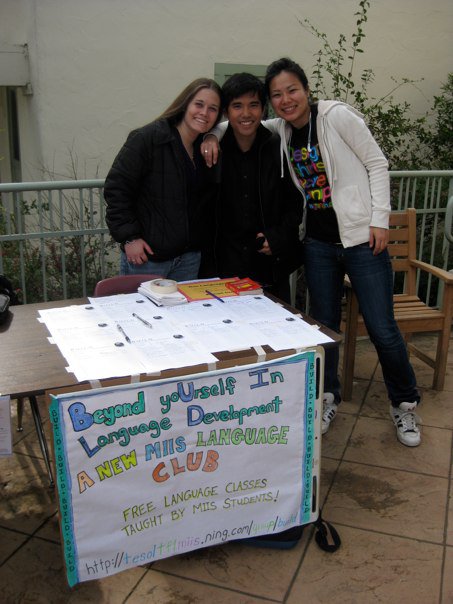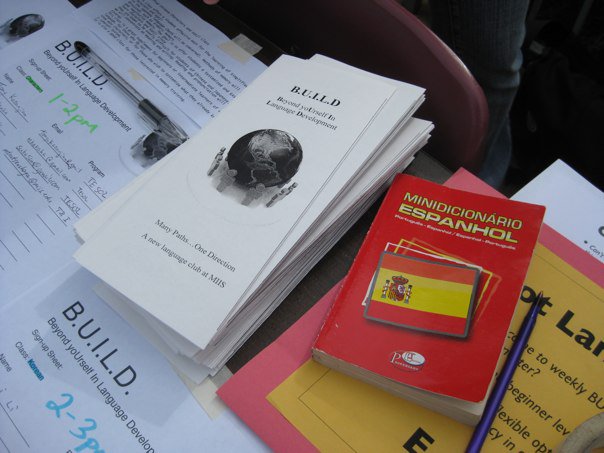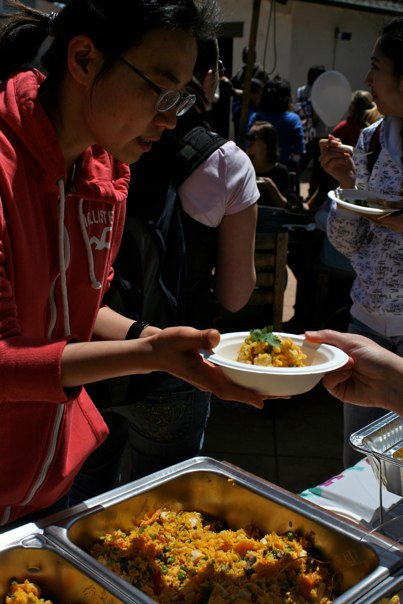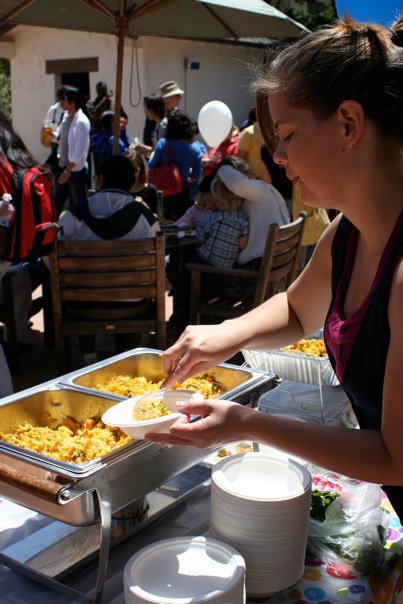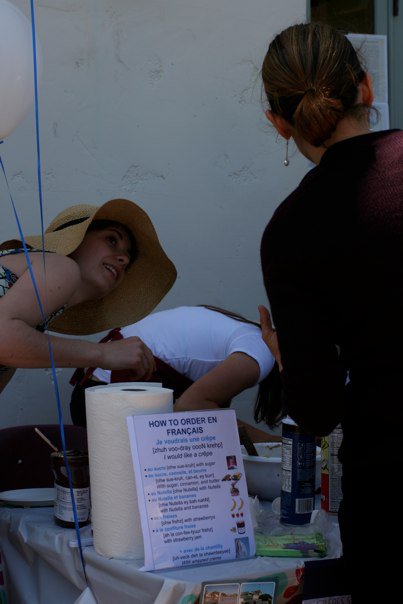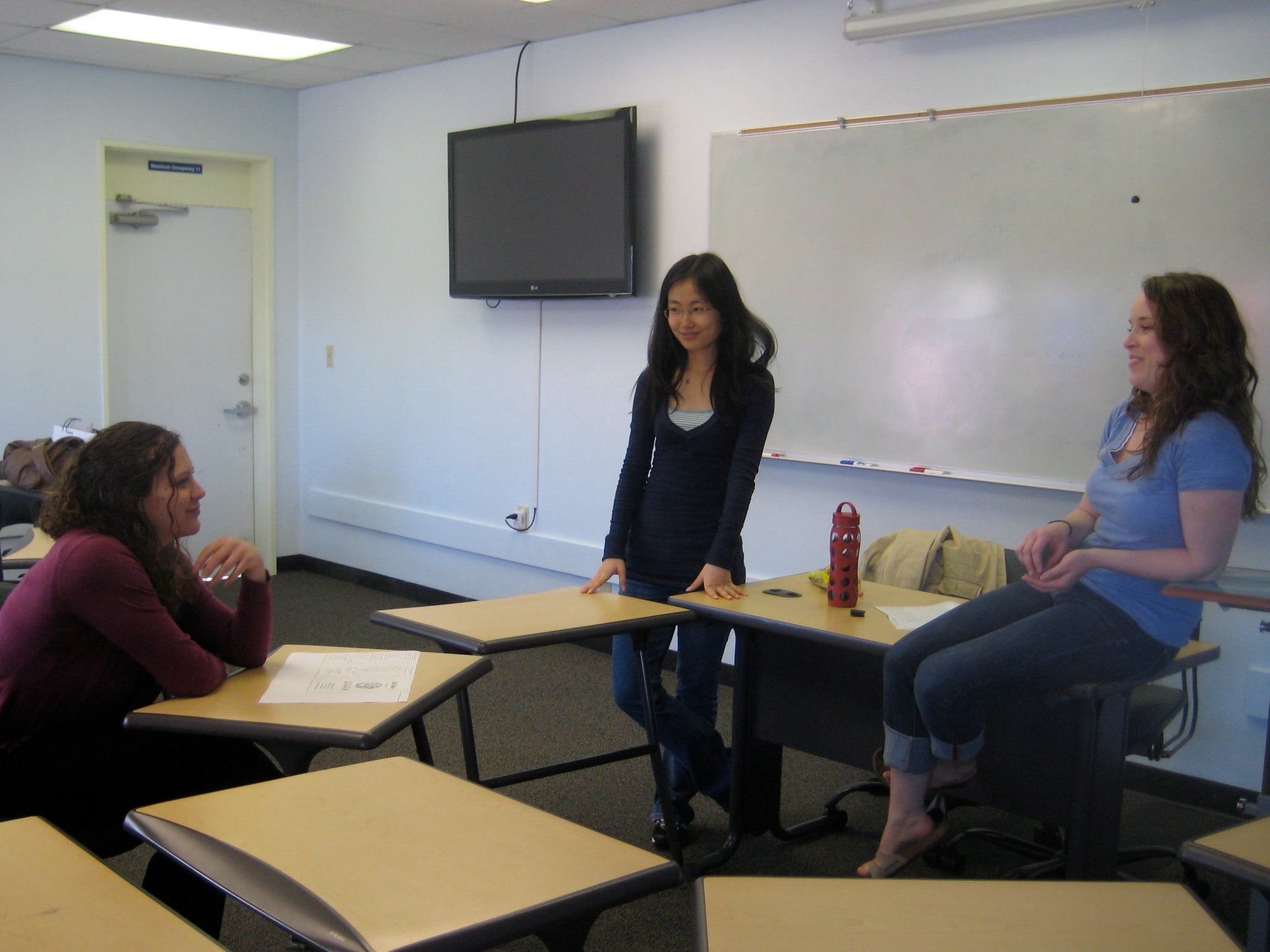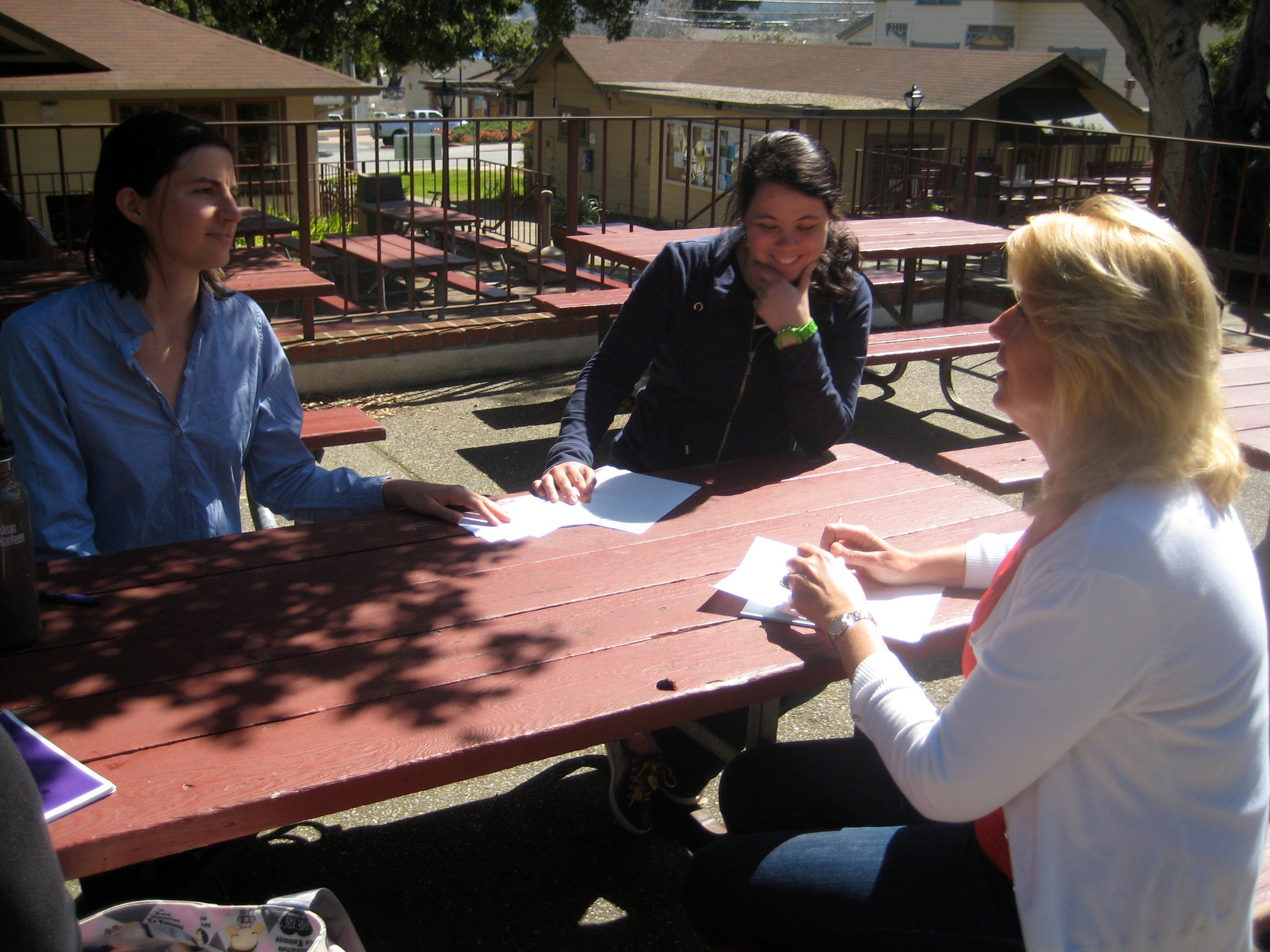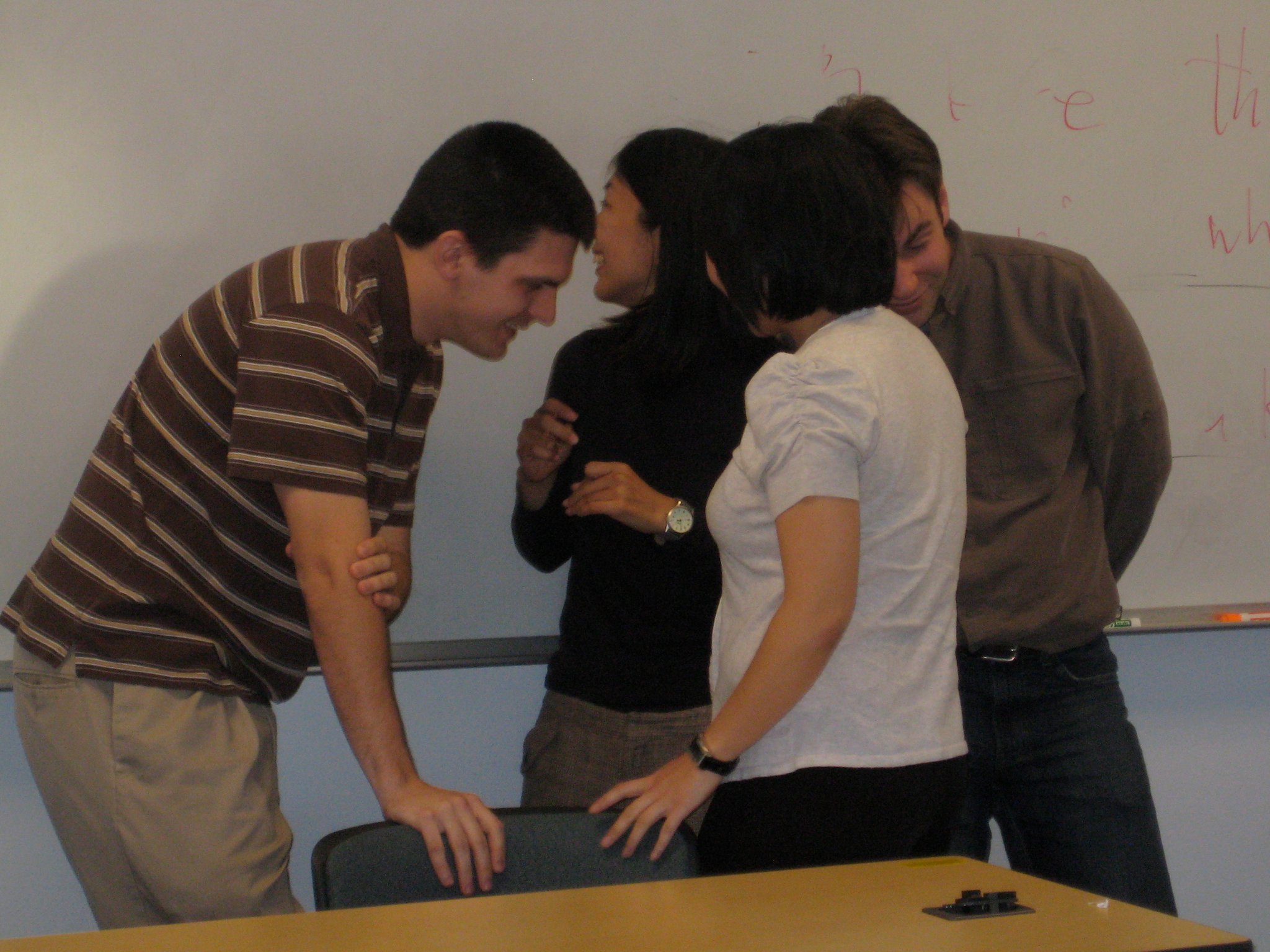Here are some of the numbers we have been working on….
0 cero (SEH-roh)
1 uno (OO-noh)
2 dos (dohs)
3 tres (trehs)
4 cuatro (KWAH-troh)
5 cinco (SEEN-koh)
6 seis (SEH_ees)
7 siete (see_EH-teh)
8 ocho (OH-choh)
9 nueve (noo_EH-beh)
10 diez (dee_EHS)
11 once (OHN-seh)
12 doce (DOH-seh)
13 trece (TREH-seh)
14 catorce (kah-TOHR-seh)
15 quince (KEEN-seh)
16 dieciséis (dee_EH-see-SEH_ees)
17 diecisiete (dee_EH-see-see_EH-teh)
18 dieciocho (dee_EH-see_OH-choh)
19 diecinueve (dee_EH-see-NOO_EH-beh)
20 veinte (VAIN-teh)
Remember we talked about how some objects ended with -o well we refer to these as masculine. Other words that end in –L, –N, –E, –R, –S; are also generally masculine.The common article in front of masculine objects are: el, un (There are exceptions)
| L | O | N | E | R | S |
|---|---|---|---|---|---|
| el papel | el juego | el pan | el café | el amor | el lunes |
| el árbol | el grupo | el examen | el tomate | el sur | el viernes |
Sustantivos masculinos: El género masculino de un nombre frecuentemente está marcado por el morfema de género –o al final de la forma de singular (libro, niño, sombrero)
Remember we talked about how some objects ended with -a well we refer to these as feminine. Other endings include: -D, -ÓN, -Z The common article in front of masculine objects are: a, una (There are exceptions)
Sustantivos femeninos: El género femenino de un sustantivo se determina añadiendo el morfema de género –a (niña, vaca, mesa, ventana, …)
| A | D | ÓN | Z |
|---|---|---|---|
| la comida | la universidad | la televisión | la voz |
| la montaña | la libertad | la acción | la nariz |

